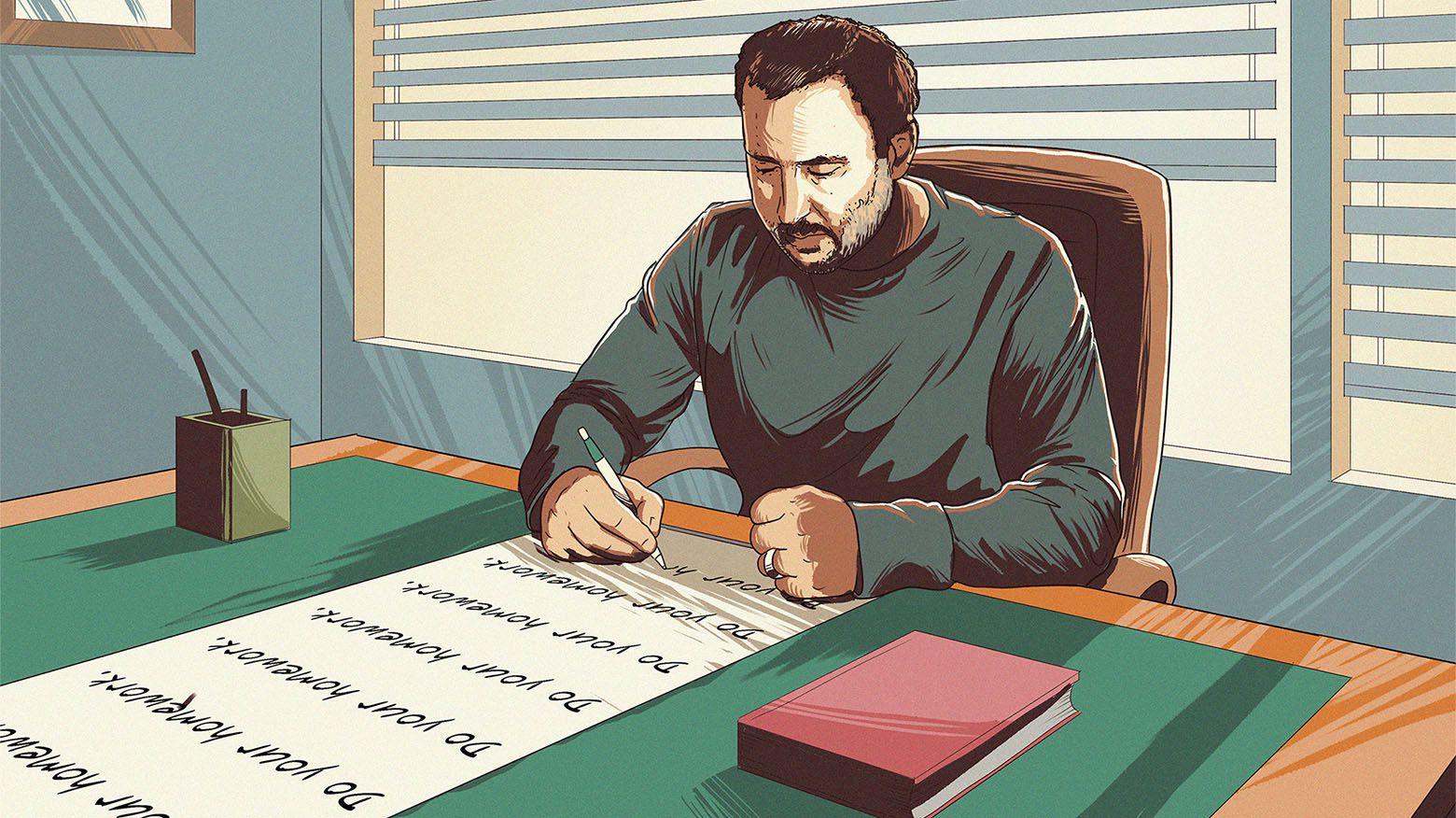This article will tackle the big, really new news. Saudi Arabia announced that it will increase oil production from 9.7 million barrels a day to 10 million and then to 12 million if needed. This news alone sent the oil price down 20% – and the whole stock market with it.
We understand the market’s reaction, but we don’t view this news as negatively as the market does. Let us explain what Saudi Arabia is trying to achieve.
Saudi Arabia and Russia have had a very cozy relationship over the last few years. Though Russia never officially joined OPEC (the cartel that controls 42% of oil produced globally and that consists mostly of Middle Eastern members), Russia coordinated with OPEC; and thus for a while OPEC became OPEC+ (almost like Disney+ but less entertaining).
However, over the last few months Russia has had a falling out with OPEC. The coronavirus has brought global travel to an abrupt stop and has thus reduced the demand for oil, while production (supply) has not changed. OPEC wanted to reduce production to stabilize the falling oil price. Russia refused.
We need to understand how both sides view oil. Saudi Arabia views its oil as a large but finite reservoir, and it tries to maximize its value over the long term. Therefore it wants oil prices to be not so high that the global economy is crippled and companies are forced to switch to alternatives, but not too low, either, since the Middle East (with the exception of Israel, which was blessed by not having oil) is a one-trick petrochemical pony. Thus, the Saudis are willing to sacrifice their revenues in the short run (by lowering their production) to increase the value of their oil reservoir in the long run (by keeping supply and demand in balance).
Russia, on the other hand, would love nothing more than a $100 or even $150 oil price. It would solve a lot of Russia’s budgetary problems, so on the surface the country’s interests seem to be aligned with those of OPEC. But here is the wrinkle: Today Russia cannot afford to think long-term. Unlike the Saudis, the Russians cannot afford to cut production. Russia’s budget is balanced (in theory) at $50 oil and current production levels. Lower volumes would bring higher prices in the long run but also result in a revenue decline in the short run.
So the Russians refused to go along with the Saudis’ proposed production cuts, and now Saudi Arabia has turned the tables by launching a price war.
This development could not come at a worse time for Russia’s fearless leader, Vladimir Putin, who through a series of Machiavellian moves (when the world is playing checkers he is playing 3D chess) is trying to extend his reign in office through a referendum that takes place on April 22.
This price war will impact not just Russia but the United States as well. The bulk of US production is coming from shale producers, many of whom are overleveraged and struggling. Low oil prices should permanently clear out the weakest players and semipermanently reduce the supply of US shale.
Historically, low oil prices have been a cause for celebration in the US, but that was in the days before the US became the biggest oil producer in the world. Now, the US is producing 15 million of barrels a day – but we are still consuming almost 20 million barrels a day.
The Saudis have started a forest fire to clear out dead wood. They are interested in higher oil prices and are willing to suffer through lower oil prices first. This is very bullish for some oil companies – the ones that will get scorched but remain standing after the forest fire. We own only one oil stock, Equinor, whose debt is AA-rated – it’s one of the strongest oil companies in the world. Believe it or not, though its price will not show it today, the price war is actually good news for Equinor in the long term (which, as a reminder, lies after the short term).
We get a feeling that the market is worried about second- and third-order effects of this move. Shale oil producers going bankrupt may cascade through the junk bond market and the banks that extended loans to shale producers. We reduced our exposure to financial stocks a few weeks back, and today we have a small position in State Street (in some accounts), which is a custodian of assets and not really a bank (it is not a lender).










0 comments